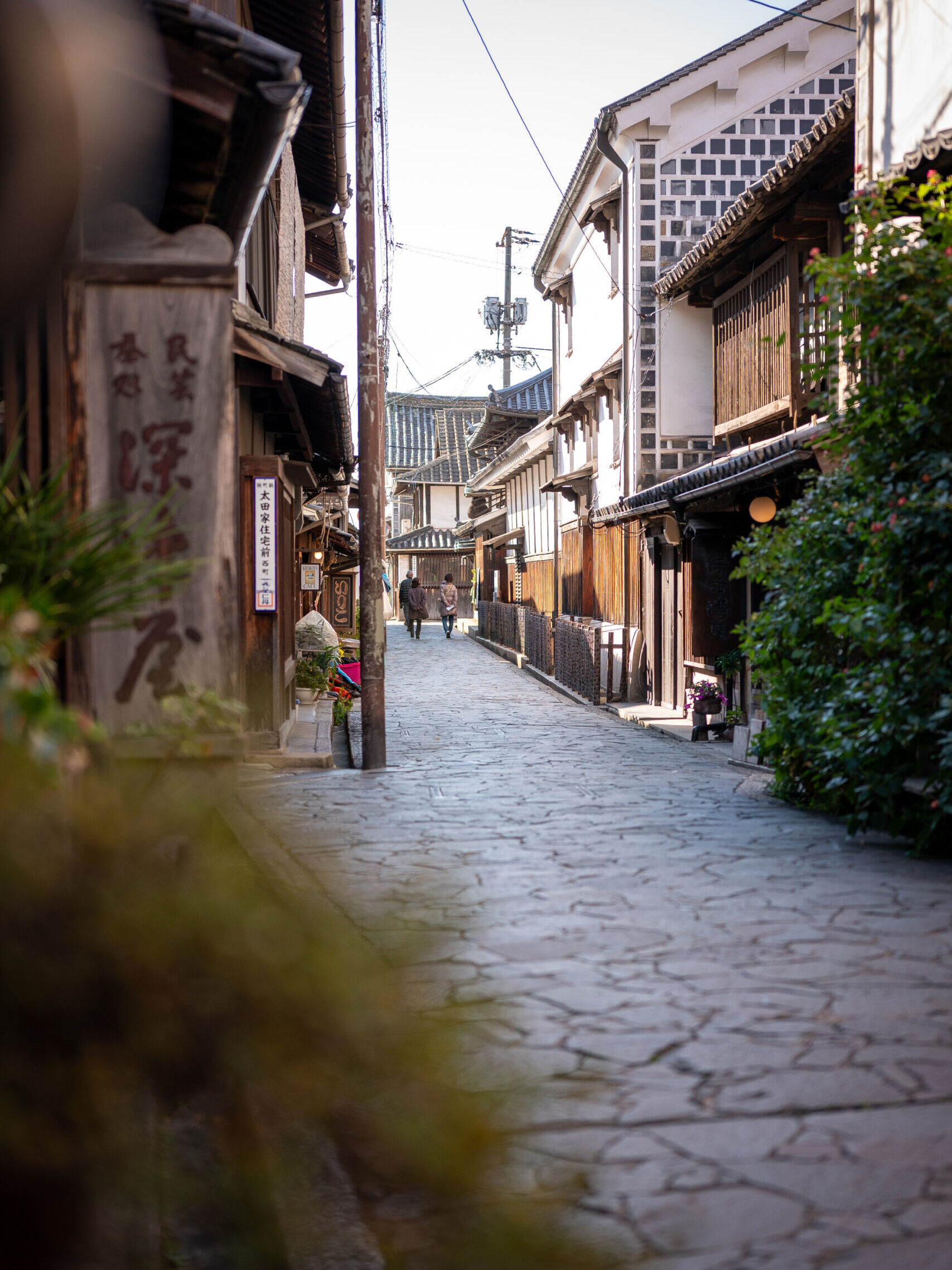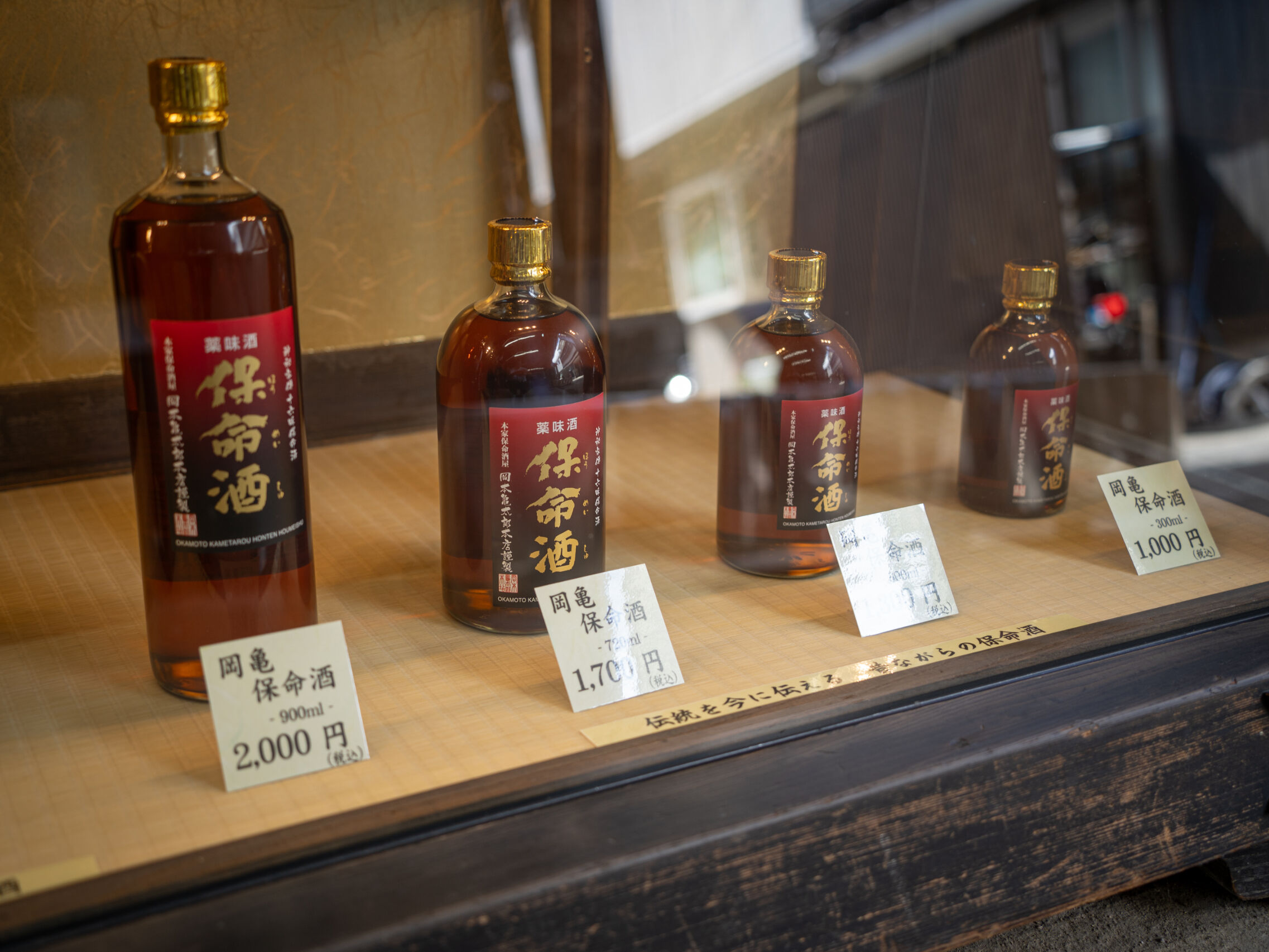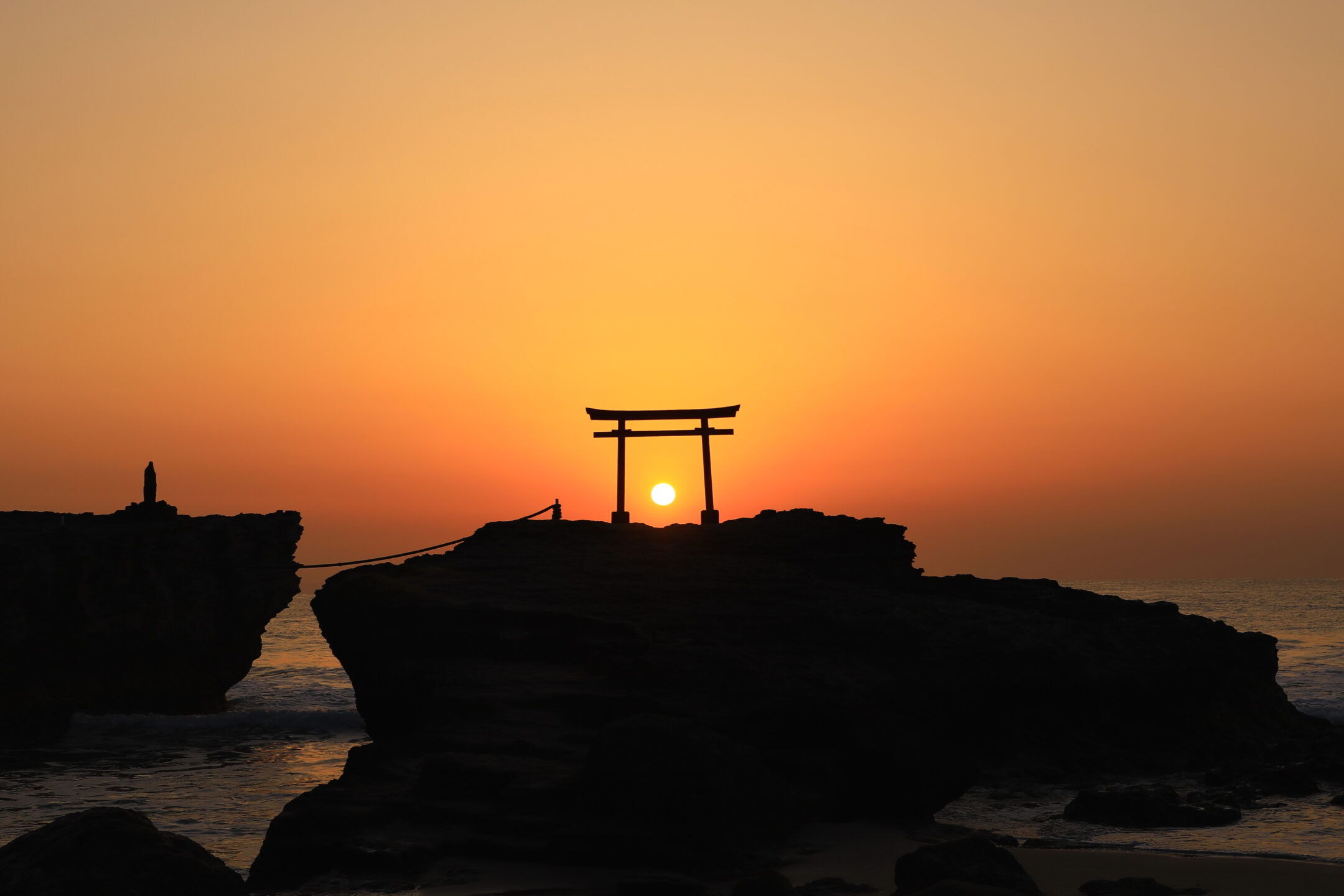In a corner of the Setouchi National Park lies Tomonoura in Fukuyama City. Many visitors are drawn to this small port town by its historic stone lantern, built in 1859 (Ansei 6) during the late Edo period.
This area marks where the rising and ebbing tides meet, causing ships traversing Setouchi (the Seto Inland Sea is the sea separating Honshu from Shikoku and Kyushu) to wait here for the tide to change. Over time, Tomonoura became known as the “tide-waiting port,” and its beauty was captured in the poems of the Man’yoshu, Japan’s oldest poetry anthology.
Having grown up in Fukuyama, I often drive to the port, letting time flow peacefully as I gaze at the sea. In this town, local residents carefully preserve historic temples and traditional streetscapes, which have become precious “treasures” in our rapidly changing modern society.
The gangi stone steps near the stone lantern were once common in fishing villages across Japan. These steps were designed to accommodate boats regardless of the tide level. With modern port renovations sweeping the country, few harbors retain such large gangi steps today.
In the afternoon light, gazing at the Seto Sea, I reflect on the thousand-plus years of human activity and history that have unfolded in this port town.
This is the landscape that the Korean Diplomatic Delegations to Japan (Chōsen Tsūshin-shi) praised as “Japan’s finest view” (“Nitto Daiichi Keisho”) when they visited Tomonoura in 1711. These delegations, which made twelve major journeys to Japan between 1607 and 1811, were crucial diplomatic and cultural exchanges between Korea and Japan during the Edo period.
In 1867 (Keio 3), these waters witnessed the historic “Iroha Maru Incident.” The Irohamaru, a trading vessel operated by Kaientai – a shipping company led by Sakamoto Ryoma, one of Japan’s most influential historical figures who played a crucial role in modernizing Japan – collided with a ship belonging to the Kishu-Wakayama clan. The Irohamaru sank while being towed to port, marking a significant moment in Japan’s maritime history during its transition from feudal rule to a modern nation.
Tourists enjoy strolling through the narrow alleys lined with old houses. The nostalgic feeling carried by the breeze must come from sensing the breath of people’s daily lives here.
Peering into a general store, I spotted Homeishu, a medicinal sake made only in Tomonoura. Created during the Edo period by Osaka physician Kichibei Nakamura in collaboration with Tomonoura’s thriving sake brewing industry, this tradition is now maintained by four Homeishu breweries. I decided to visit the long-established Okamoto Kametaro Main Store.
The official name is “Jurokumijiou Homeishu”, a Japanese liqueur made by steeping 16 medicinal ingredients, including cinnamon, in house-brewed mirin sake.
Historical records show it was served at banquets welcoming Commodore Perry’s Black Ships, indicating Homeishu’s nationwide fame at the time. Containing 18 amino acids, it’s now enjoyed mixed with barley tea, carbonated water, or in cocktails. Please enjoy it in your own stylish way.
The storefront where sixth-generation owner Ryochi Okamoto stands was originally a nagaya-mon gate from Fukuyama Castle, relocated in the early Meiji period, and is now designated as an Important Cultural Property of Fukuyama City.
From the Man’yoshu era to modern times, where it has served as inspiration for Studio Ghibli anime films, Tomonoura is a port town packed with tradition and culture. Why not come spend some relaxing “Setouchi time” here?
◼️ Tomonoura
Getting there: About 35 minutes from Fukuyama-Higashi IC on the Chugoku-Sanyo Expressway
Address: Tomo-cho, Fukuyama City, Hiroshima Prefecture 720-0201
◼️ Okamoto Kametaro Main Store
Getting there: Located in central Tomonoura
Address: 927-1 Tomo, Tomo-cho, Fukuyama City, Hiroshima Prefecture 720-0201
Text/Shunji Miyagawa
Guide/Mio Kanbara
Photography/Kiyotaka Yamamoto
Translation/Yumiko Sushitani
Related Posts
2025-06-04
Revitalizing a Region by Focusing Solely on Wine
“Let’s embark on a journey across Japan!” As part of the TREASURES OF JAPAN…
2025-08-06
Legends and Dawn Light Painting Shirahama’s Sacred Moments
The offshore torii (traditional Shinto shrine gate) of Shirahama Shrine emerges…
2024-11-11
Traditional Soy Sauce Making in Iyo’s Little Kyoto
Surrounded by mountains with the crystal-clear Hijikawa (Hiji River) flowing…









